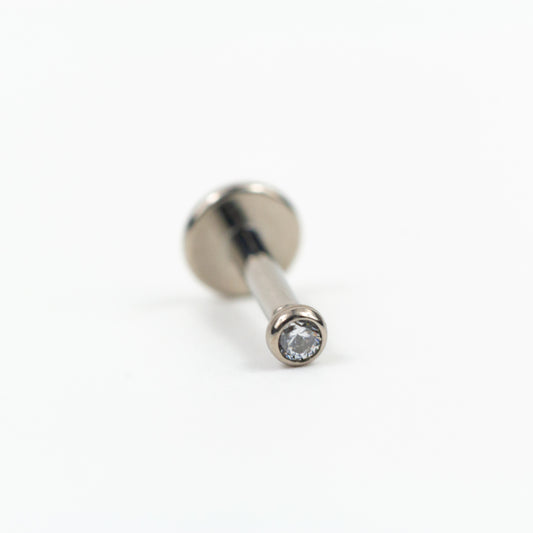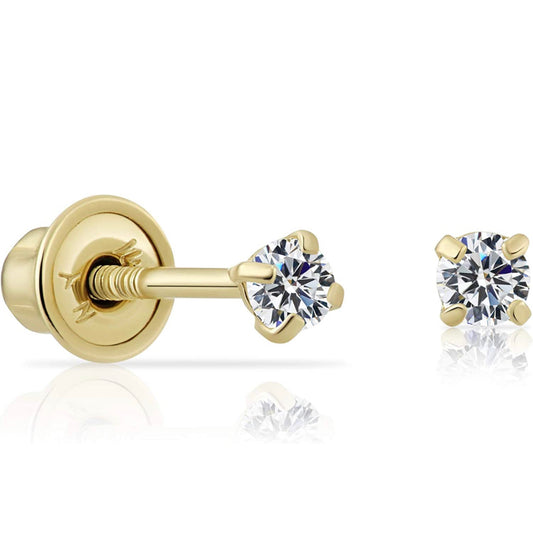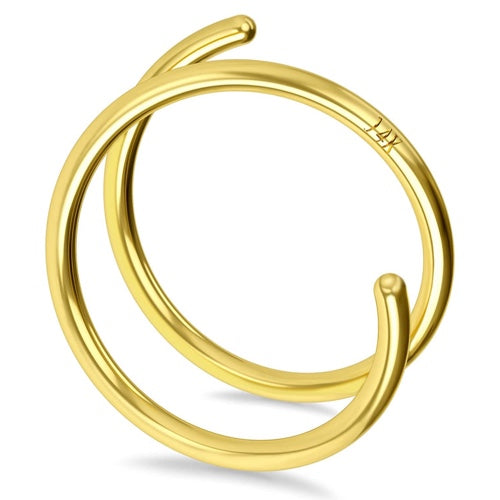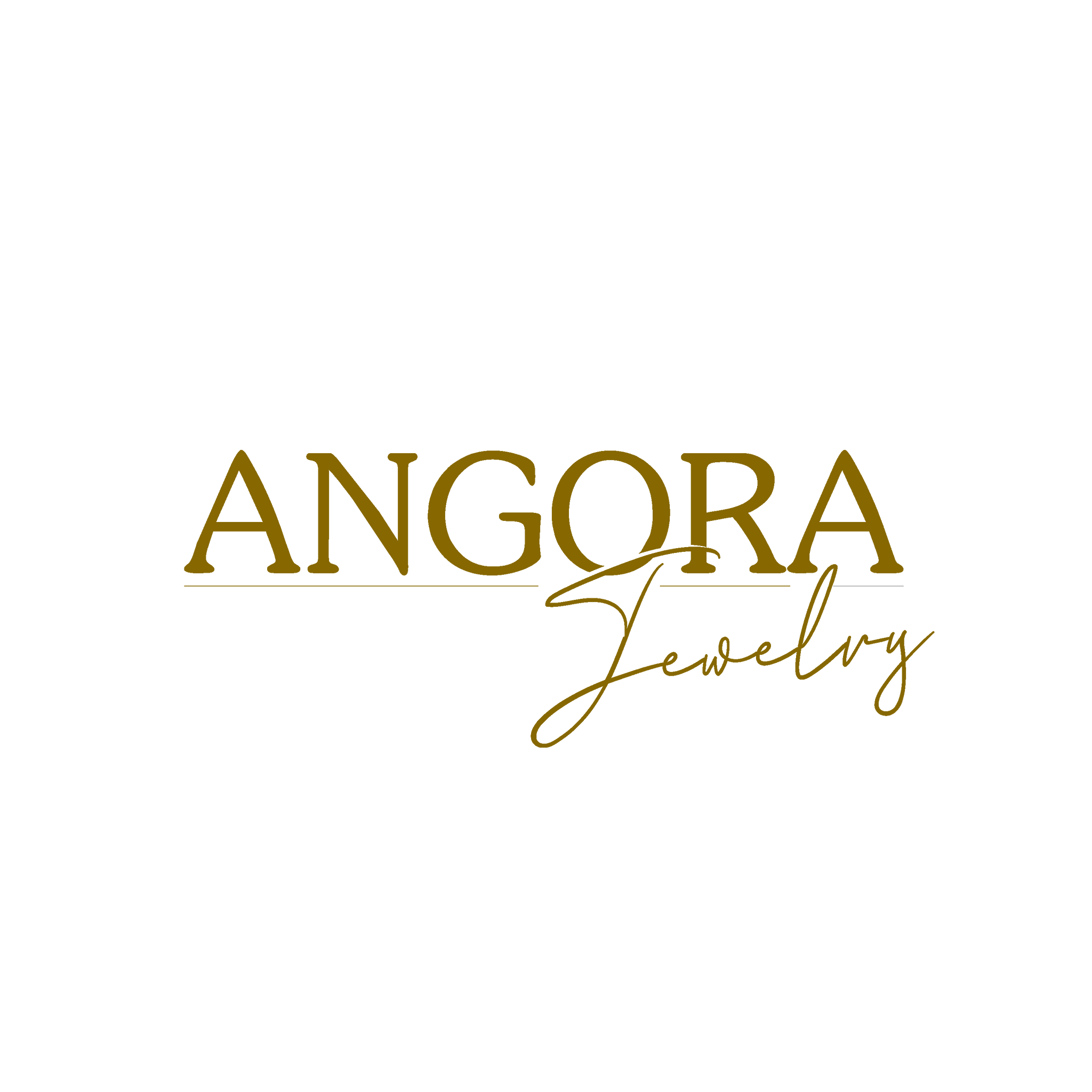SUGGESTED AFTERCARE GUIDELINES FOR BODY PIERCINGS
Wash your hands before touching on (or near) a healing piercing. In most cases you can engage in sexual activity as soon as you feel ready, but maintaining hygiene and avoiding trauma are vital; all sexual activities should be gentle during the healing period. Use barriers such as condoms, dental dams, and waterproof bandages, etc. to avoid contact with your partners' body fluids, even in long-term monogamous relationships. Use clean, disposable barriers on sex toys. Use a new container of water-based lubricant; do not use saliva. After sex, an additional saline rinse is suggested
HINTS AND TIPS:
Unless there is a problem with the size, style, or material of the initial jewelry, leave it in the place for the entire healing period. See a qualified piercer to perform any jewelry change that becomes necessary during healing. Contact your piercer for a non-metallic jewelry alternative if your metal jewelry must be temporarily removed (such as for a medical procedure). Leave jewelry in at all times. Even healed piercings that you have had for years can shrink or close in minutes! If removed, reinsertion can be difficult or impossible. With clean hands or paper products, be sure to regularly check threaded and threadless ends on your jewelry for tightness. Should you decide you no longer want the piercing, simply remove the jewelry (or have a professional piercer remove it) and continue cleaning the piercing until the hole closes. In most cases only a small mark should remain. In the event an infection is suspected, quality jewelry or an inert alternative may be left in place to allow for drainage of the infection, if approved by your physician. On rare occasion, when the jewelry is removed, the surface cells close up, which can seal the infection inside the piercing channel and result in an abscess. Until an infection is cleared up, discuss with your physician if you should leave in quality jewelry or an appropriate substitute.

CLEANING SOLUTIONS
Packaged sterile saline is a gentle choice for piercing aftercare. Mixing your own sea salt solution is no longer a suggested practice from the APP. We strongly encourage you to use a sterile saline labeled for use as a wound wash. Contact lens saline, eye drops, and other saline products should never be used on a body piercing. Your saline ingredients should list .09% sodium chloride as the only ingredient. Mixing your own sea salt solution will commonly result in the product being far too salty and strong, this can over dry the piercing and interfere with healing.
CLEANING INSTRUCTIONS FOR BODY PIERCINGS
WASH your hands thoroughly prior to cleaning or touching your piercing for any reason. SALINE rinse as needed while healing. For certain piercings it may be easier to apply using clean gauze saturated with saline solution. RINSE site as needed to remove cleaning solution residue. Moving or rotating jewelry is not necessary during cleaning or rinsing. DRY by gently patting with clean, disposable paper products. Cloth towels can harbor bacteria and snag on jewelry causing injury.
WHAT IS NORMAL?
Initially: some bleeding, localized swelling, tenderness, and/or bruising. During healing: some discoloration, itching, secretion of a whitish-yellow fluid (not pus) that will form some crust on the jewelry. The tissue may tighten around the jewelry as it heals. Once healed: the jewelry may not move freely in the piercing; do not force it. If you fail to include cleaning your piercing as part of your daily hygiene routine, normal but smelly bodily secretions may accumulate. A piercing might seem healed before the healing process is complete. This is because tissue heals from the outside in, and although it feels fine, the interior remains fragile. Be patient, and keep cleaning throughout the entire initial healing period. Even healed piercings that you have had for years can shrink or close in minutes! This varies from person to person; if you like your piercing, keep jewelry in - do not leave the hole empty.
WHAT TO DO
Wash your hands prior to touching the piercing; leave it alone except when cleaning. During healing it is not necessary to rotate your jewelry. Exercise during healing is fine; listen to your body. Make sure your bedding is washed and changed regularly. Wear clean, comfortable, breathable clothing that protects your piercing while you are sleeping. Showers tend to be safer than taking baths, as bathtubs can harbor bacteria. If you bathe in a tub, clean it well before each use and rinse off your piercing when you get out.
WHAT TO AVOID
Avoid cleaning with alcohol, hydrogen peroxide, antibacterial soaps, iodine, or any harsh products, as these can damage cells. Also avoid ointments as they prevent necessary air circulation. Avoid Bactine®, pierced ear care solutions, and other products containing Benzalkonium Chloride (BZK). These can be irritating and are not intended for long-term wound care. Avoid over-cleaning. This can delay your healing and irritate your piercing. Avoid undue trauma such as friction from clothing, excessive motion of the area, playing with the jewelry, and vigorous cleaning. These activities can cause the formation of unsightly and uncomfortable scar tissue, migrat ion, prolonged heal ing, and othe r complications. Avoid all oral contact, rough play, and contact with others' bodily fluids on or near your piercing during healing. Avoid stress and recreational drug use, including excessive caffeine, nicotine, and alcohol. Avoid submerging the piercing in unhygienic bodies of water such as lakes, pools, hot tubs, etc. Or, protect your piercing using a waterproof wound-sealant bandage. These are available at most drugstores and work best for nipple, navel, and surface piercing placements. Avoid all beauty and personal care products on or around the piercing including cosmetics, lotions, and sprays, etc. Don't hang charms or any object from your jewelry until the piercing is fully healed.
Sleeping directly on a healing cartilage piercing can cause irritation, even causing shifts in the piercing's angle. Placing a travel pillow, on top of your pillow, and then placing your ear in the opening can be helpful to avoid this

FOR PARTICULAR AREAS
NAVEL:
Use the t-shirt trick: Dress your pillow in a large, clean t-shirt and turn it nightly; one clean t-shirt provides four clean surfaces for sleeping.
EAR/EAR CARTILAGE AND FACIAL::
Maintain cleanliness of phones, headphones, eyeglasses, helmets, hats, and anything that contacts the pierced area. Use caution when styling your hair and advise your stylist of a new or healing piercing.
NIPPLE:
The support of a tight cotton shirt or sports bra may provide protection and feel comfortable, especially for sleeping.
GENITAL:
Genital Piercings - especially Triangles, Prince Alberts, Ampallangs, and Apadravyas - can bleed freely for the first few days. Be prepared. Additional cleaning after urination is not necessary.
Featured collection
-
Círculo Mini circonitas
Precio habitual $15.00 USDPrecio habitualPrecio unitario por
-
Disco 4 Asas Circonitas Cúbicas
Precio habitual A partir de $10.00 USDPrecio habitualPrecio unitario por
-
Aretes Zirconia Cúbica 2mm Oro 14k
Precio habitual A partir de $75.00 USDPrecio habitualPrecio unitario por
-
Double Hoop Gold 14k
Precio habitual $60.00 USDPrecio habitualPrecio unitario por






